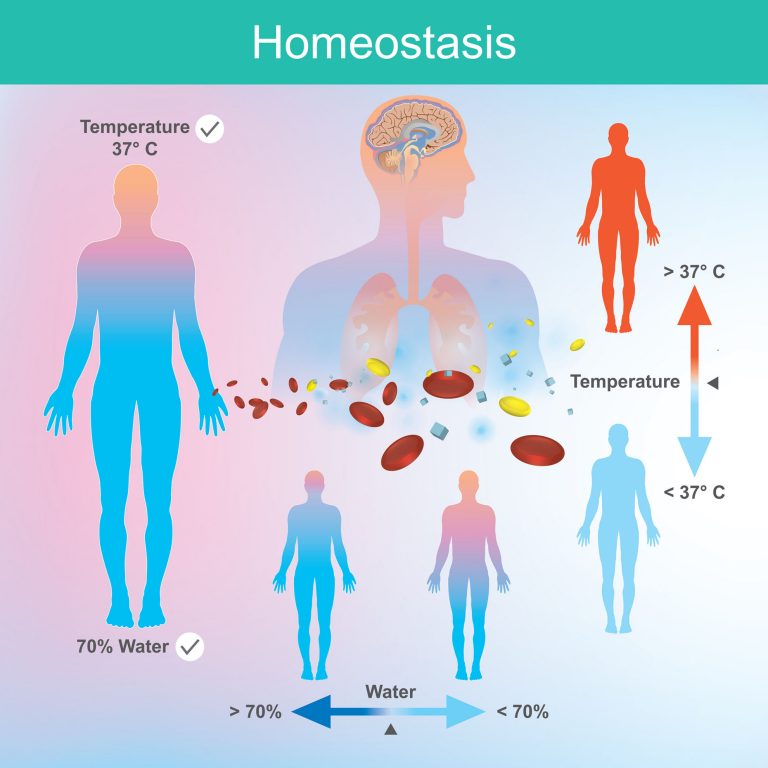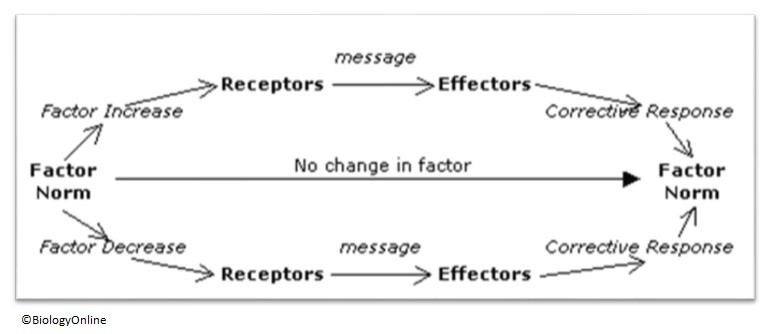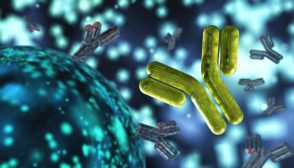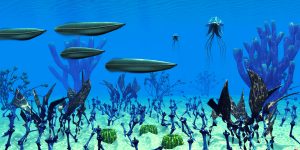Physiological Homeostasis

Homeostasis sees to it that body temperature and water levels are kept within the tolerable limits at all times.
Table of Contents
In animals such as ourselves, the internal environment of our bodies must have certain conditions within tolerable limits to continue the healthy functioning of us.
This is done by a process called negative feedback control where various receptors and effectors bring about a reaction to ensure that such conditions remain favorable. In this tutorial, we investigate the control of blood sugar concentrations, water concentrations, and temperature.
The principle of negative feedback control is illustrated in the diagram below:

This occurrence is known as physiological homeostasis, translating in layman’s terms to the physical equilibrium. It is essentially a corrective mechanism, consider the following scenario in a person:
- The level of glucose in the bloodstream drops
- The person requires glucose in cells to meet the demand for ATP
- The body detects this with a particular receptor designed for this function
- These receptors release hormones, chemical messages that initiate the start of the feedback mechanism
- The hormones travel to their target tissue and initiate a corrective response
- In this case, the corrective response is the secretion of more glucose into the bloodstream
Requirement of Negative Feedback Control
Because mammals are warm-blooded, the enzymes that are part of their make-up as a warm-blooded animal require a certain temperature to operate optimally. Also, the water concentration of a cell and its chemical concentration must remain at a certain level to allow normal cellular processes to occur.
In light of this, the feedback mechanism in such warm-blooded animals is essential in regards to allowing the body to work in optimal conditions – so any change in from the norm in temperature is corrected by the feedback mechanism.
Advantages of Homeostasis
Homeostasis has survival value because it means an animal can adapt to a changing environment. It can deal with the temperature difference you face when you step out your front door.
The body will attempt to maintain a norm, the desired level of a factor to achieve homeostasis. However, it can only work within tolerable limits, where extreme conditions can disable the negative feedback mechanism.
In these instances, death can result, unless medical treatment is executed to bring about the natural occurrence of these feedback mechanisms.
The next tutorial looks at the regulation of blood sugar concentration and temperature regulation in detail.
You will also like...

Passive and Active Types of Immunity
Lymphocytes are a type of white blood cell capable of producing a specific immune response to unique antigens. In thi..

Gene Regulation in Eukaryotes
Learn about the general structure of a eukaryotic gene, the transcription factors, and post-transcriptional regulation....

The Hominids
The hominid family diversified from the apes around 6 to 8 million years ago. Since then, the evolutionary path has prov..

Vascular Plants: Ferns and Relatives
Ferns and their relatives are vascular plants, meaning they have xylem and phloem tissues. Because of the presence of va..

Arthropods
The arthropods were assumed to be the first taxon of species to possess jointed limbs and exoskeleton, exhibit more adva..

Neurology of Illusions
Illusions are the perceptions and sensory data obtained from situations in which human error prevents us from seeing the..
